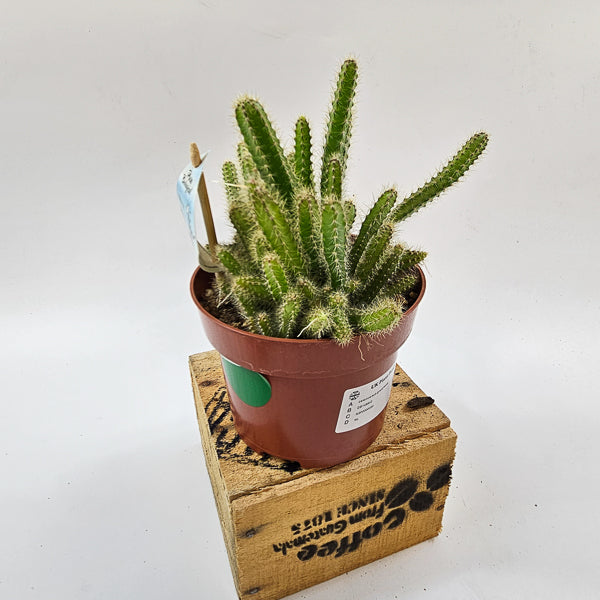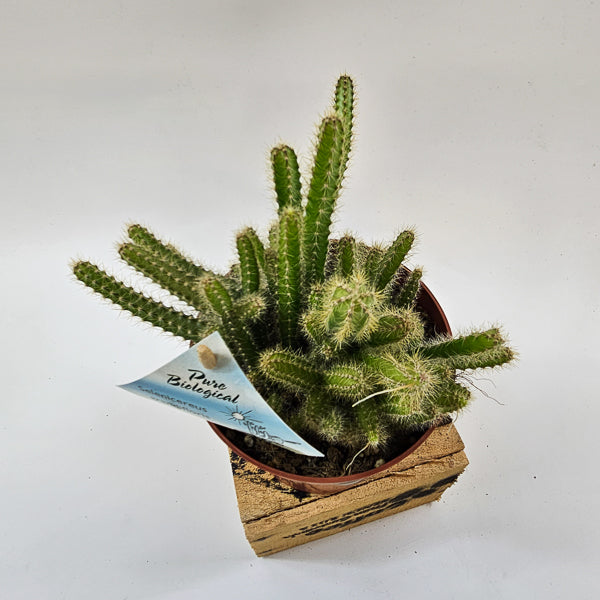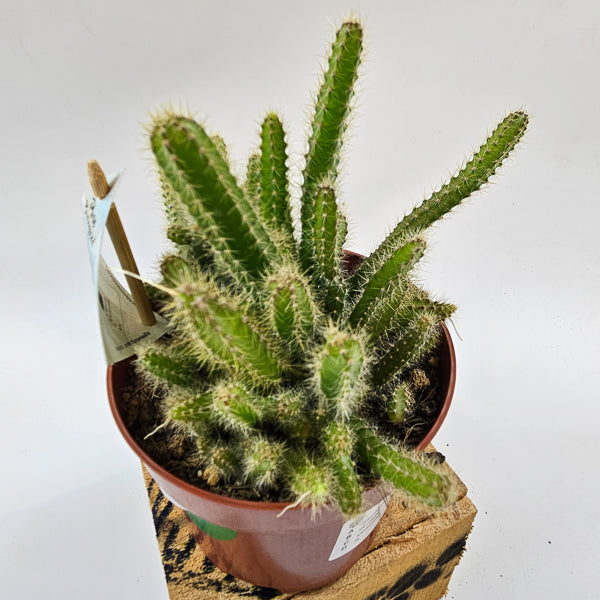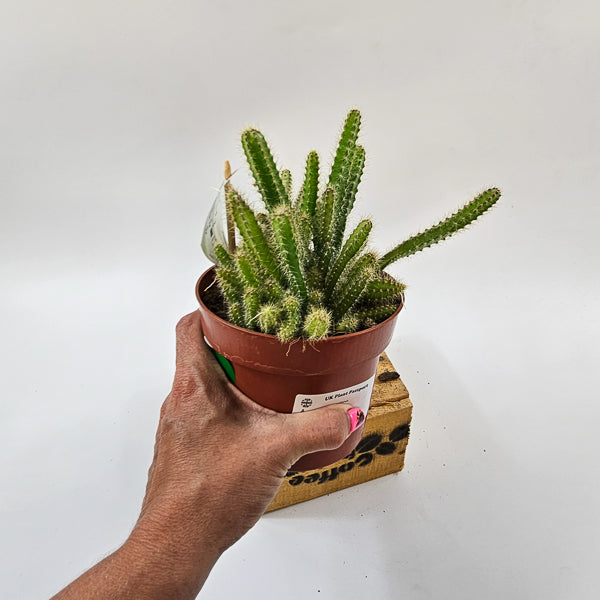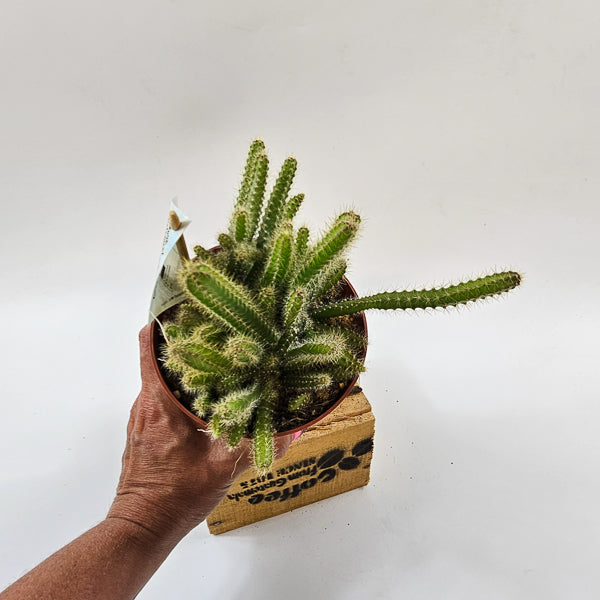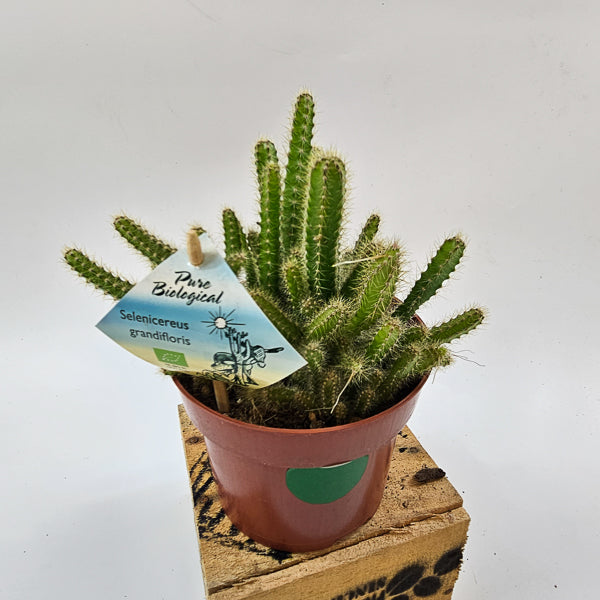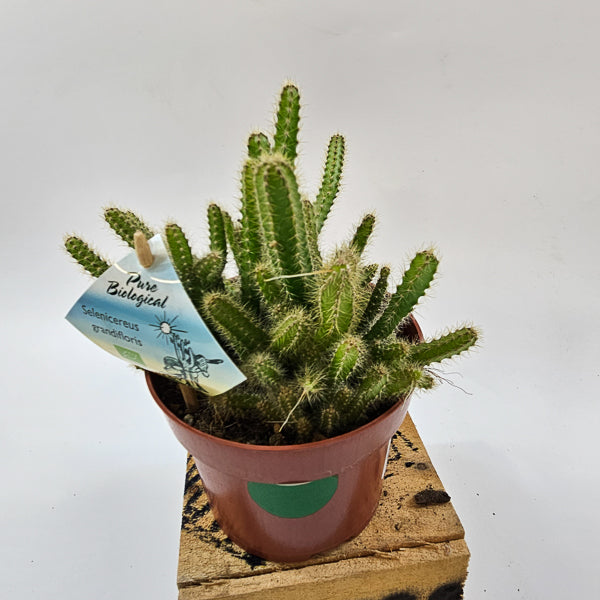1
/
of
7
Emm's Plant House
Selenicereus grandiflorus 'Queen of the night' 13cm H15cm
Selenicereus grandiflorus 'Queen of the night' 13cm H15cm
Regular price
£22.00 GBP
Regular price
Sale price
£22.00 GBP
Unit price
/
per
Taxes included.
Couldn't load pickup availability
Selenicereus grandiflorus, commonly known as the Queen of the Night, is a night-blooming cactus known for its large, fragrant white flowers that bloom only at night. Native to Central and South America, this cactus is a popular choice for collectors and those seeking a unique, low-maintenance plant with a dramatic blooming cycle. Its tall, sprawling stems can grow up to 10 feet (3 meters) long, making it perfect for hanging baskets or as a climbing plant.
- Full Botanical Name: Selenicereus grandiflorus
- Common Names: Queen of the Night, Night-Blooming Cereus
- Country and/or Region of Origin: Native to Central and South America
- Growing Conditions in Native Habitat: Grows in arid, rocky areas with well-draining soil, often found in desert and tropical environments where it receives full sunlight and minimal rainfall.
Care Guide
Care Guide
Share
